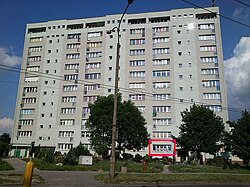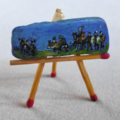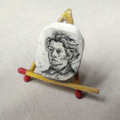 Location of museum highlighted in red | |
 | |
| Established | 16 April 2013 |
|---|---|
| Location | Żwakowska Street 8/66 in Tychy, Silesian Voivodeship |
| Coordinates | 50°07′01″N18°58′41″E / 50.116806°N 18.978028°E |
| Type | Modern art museum |
| Collection size | 1010 in 2024 [1] |
| Director | Henryk Jan Dominiak |
| Curator | Henryk Jan Dominiak |
| Website | muzeumminiaturowejsztukiprofesjonalnejhenrykjandominiak |
The Muzeum Miniaturowej Sztuki Profesjonalnej Henryk Jan Dominiak in Tychy (Polish : Muzeum Miniaturowej Sztuki Profesjonalnej Henryk Jan Dominiak w Tychach) [2] [3] [4] is a modern art museum and cultural institution established in 2013 by Henryk Jan Dominiak. [5] [6] The Muzuem is located in the center of Tychy, [7] [8] [9] [10] [11] Silesian Voivodeship, Poland. [12]

















